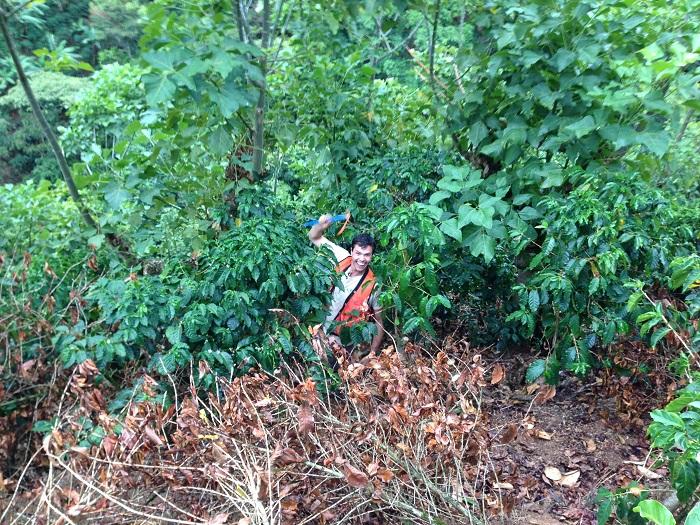
Credit: Roberta Fulthorpe
For most people, coffee is a necessary start to the day. For three scientists based in Toronto, coffee is a good research subject in a world with a changing climate.
These scientists explored the tissues of coffee roots to look for signs of a “core microbiome,” or for signs of microbes, such as bacteria and fungi, that form partnerships with the coffee plant.
The existence of consistent microbes within a certain plant microbiome is strongly indicative of beneficial relationships and a better understanding of coffee microbial partnerships is helpful in determining best management practices and predicting coffee responses to changing conditions.
To enhance our knowledge of the coffee plant microbiomes, these ecologists used next generation sequencing methods on samples from a number of Central American farms that differed drastically in environmental conditions and management systems. They discovered 26 bacterial and 31 fungal species that met their criteria for belonging to the core microbiome. Some of these species are known to have plant-beneficial properties and should be investigated in more detail.
“The bacterial core microbiome is much stronger and consistent, while the fungal microbiome is more sensitive to environmental conditions that are expected to expand in range with climate change,” said Roberta Fulthorpe, one of the scientists behind this research. “We also found that fungi appear to be related to coffee root characteristics while bacteria are not.”
The finding that a number of highly abundant microbial species consistently persist in coffee is a remarkable one. As team member Adam Martin explains: “That the same species are found across a huge range of temperatures, precipitation, soil conditions, and light availability, is novel evidence of a core microbiome that actually exists in real-world conditions.”
“Our results open the door for understanding if or how microbiomes can be managed in real-world cropping systems. Our work also leads to interesting questions on whether or not the flavor of our morning cup of coffee is influenced by the plant’s microbes.”
###
To learn more about first in-depth molecular study of the bacterial and fungal microbiome of coffee roots, read “Root Endophytes of Coffee (Coffea arabica): Variation Across Climatic Gradients and Relationships with Functional Traits” published on February 20th in Phytobiomes Journal.
Media Contact
Ashley Bergman Carlin
[email protected]
Related Journal Article
http://dx.




